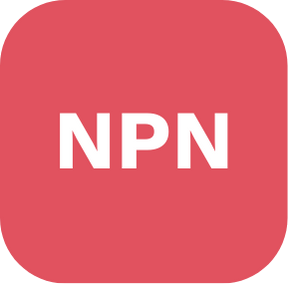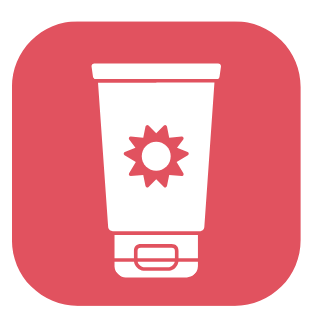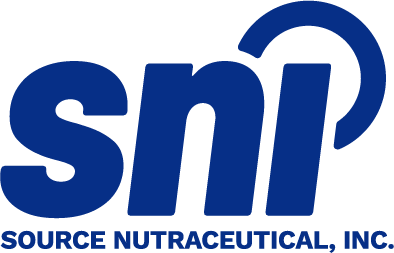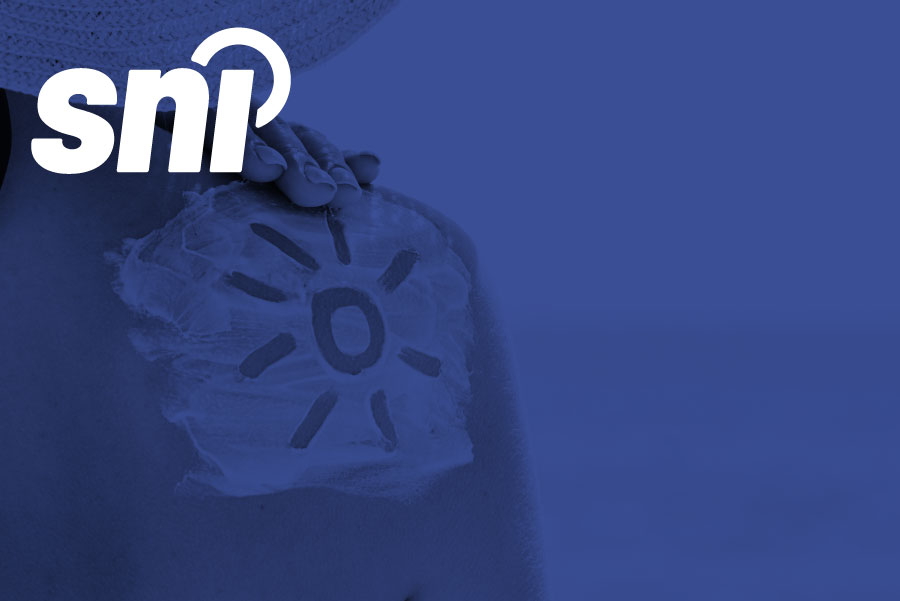
Over the years, research has consistently highlighted just how important sunscreen is in a daily skincare routine. Some people were ahead of the curve, protecting their skin from harmful UV rays long before sunscreen became a non-negotiable part of everyone’s morning regimen. But what many don’t realize is that bringing a sunscreen product to market in Canada involves more than just great formulation—it also requires careful attention to regulatory compliance.

From ingredient restrictions to licensing pathways, there are several key regulatory steps brands must navigate before their sunscreen can reach store shelves. Below is a breakdown, compiled by our regulatory experts, of the main requirements and considerations companies should be aware of when developing and selling sunscreen in the Canadian market.
Please note that this blog post is a high-level overview of the requirements for licensing and selling sunscreen products in Canada. We urge you to reach out to the SNI team for additional information or refer to Canadian Regulations for more detailed guidance.
What Are the Regulatory Pathways for Licensing Sunscreen in Canada?
In Canada, sunscreens are regulated under two primary frameworks, each with its own licensing requirements and pre-market obligations:
- The Natural Health Product (NHP) Framework
- The Non-Prescription Drug (NPD) Framework
Determining the appropriate regulatory pathway for a sunscreen product depends on several key factors, including the type of active ingredients, the intended product claims, and the overall formulation. Ideally, these considerations should be addressed early in the product development phase to ensure a smooth regulatory process.
Natural Health Product (NHP) Pathway

Sunscreens that rely on mineral-based active ingredients, such as Titanium Dioxide and Zinc Oxide, are typically regulated as Natural Health Products. These ingredients act as physical blockers, providing broad-spectrum protection against both UVA and UVB radiation.
Products in this category must undergo safety, efficacy, and quality assessments and are required to obtain a Natural Product Number (NPN) before they can be marketed and sold in Canada.
This pathway is often preferred for products marketed as “natural,” “organic,” or “mineral sunscreens,” and may allow for a slightly more streamlined approval process compared to the NPD pathway—provided the product meets all NHP regulatory standards.
Non-Prescription Drug (NPD) Pathway

Sunscreens formulated with synthetic chemical UV filters fall under the Non-Prescription Drug Framework. Common ingredients regulated under this pathway include Avobenzone, Oxybenzone, Sulisobenzone, Dioxybenzone, and others. These chemical filters absorb UV radiation and often require more rigorous safety and efficacy testing.
Products in this category are classified as non-prescription drugs and must obtain a Drug Identification Number (DIN) from Health Canada before they can be legally sold. The DIN confirms that the product has been evaluated for safety, efficacy, and quality according to drug standards.
Choosing the Right Pathway

Choosing the correct licensing pathway is essential for compliance and successful market entry. This decision should align with the product’s formulation and marketing strategy, as well as the regulatory classification of the active ingredients involved. In some cases, reformulation may be necessary to shift from one framework to another, depending on business goals or regulatory constraints.
Health Canada’s Regulatory Role
Health Canada serves as the federal authority responsible for regulating sunscreens in Canada to ensure they are safe, effective, and properly labelled. This oversight applies whether the product is classified as a Natural Health Product (NHP) or a Non-Prescription Drug (NPD), and it encompasses every stage of the product’s life cycle, from pre-market approval to post-market surveillance. The department’s mandate is to ensure that sunscreen products meet high safety and quality standards, offering Canadians reliable protection against harmful ultraviolet radiation.

Evaluating Product Information: Before a sunscreen product can be sold in Canada, Health Canada conducts a detailed review of its composition and supporting documentation. This includes an assessment of the safety profile for all medicinal and non-medicinal ingredients. The submitted SPF efficacy data is evaluated to ensure that the level of sun protection claimed is supported by validated testing protocols. Any additional health-related or marketing claims must be substantiated with credible scientific evidence. Health Canada also reviews the product’s specifications and ensures that testing methodologies conform to international standards, such as those set by ISO or the FDA. This thorough evaluation helps ensure the sunscreen will perform as promised while maintaining a high standard of safety for consumer use.

Reviewing Site Licence Applications and GMP Compliance: All facilities involved in manufacturing, packaging, labelling, or importing sunscreen products must be licensed and demonstrate compliance with Good Manufacturing Practices (GMP). For Natural Health Products, this involves securing a valid Site Licence, while Non-Prescription Drug products require a Drug Establishment Licence. As part of this licensing process, companies must provide comprehensive documentation detailing their quality control procedures, facility conditions, and staff training protocols. Health Canada assesses these systems to ensure that products are produced in clean, well-controlled environments and that consistent product quality is maintained across production batches. Proper record-keeping, sanitation protocols, and contingency plans for recalls are also reviewed during this process.

Monitoring Adverse Reactions and Enforcing Market Compliance: After a sunscreen enters the Canadian market, Health Canada continues to monitor its safety and performance. The department encourages and requires reporting of any adverse reactions, whether submitted by companies, healthcare professionals, or consumers. When potential safety issues arise, Health Canada may initiate inspections or audits to investigate. Depending on the findings, the agency has the authority to order product recalls, issue public safety advisories, require reformulation or relabelling, or suspend the product’s authorization altogether. This ongoing surveillance helps maintain consumer trust and ensures that problems are addressed swiftly and transparently.

Enforcing Clear and Accurate Labelling: Health Canada places strong emphasis on accurate, honest, and user-friendly labelling. Sunscreen labels must clearly state the SPF value and indicate whether the product offers broad-spectrum protection. Directions for use should include guidance on how much sunscreen to apply, how frequently to reapply, and under what conditions (such as after swimming or sweating). Safety warnings must be visible and understandable, including information about potential skin sensitivity or sun exposure risks. Labels must be presented in both English and French and must include the appropriate regulatory identifiers, such as an NPN or a DIN. Health Canada also strictly prohibits the use of misleading terms such as “sunblock,” “waterproof,” or “sweatproof,” which could give consumers a false impression about the level or duration of protection provided.
By utilizing these regulatory measures, Health Canada works to ensure that sunscreen products available in Canada are safe, effective, and manufactured to a high standard. This allows consumers to make informed choices about their skin protection, supports public health efforts in reducing sun-related skin damage, and reinforces industry accountability in delivering quality products that meet federal standards.
Final Remarks
Whether your sunscreen is mineral-based or chemically formulated, navigating Canada’s licensing requirements is a crucial first step in bringing your product to market. In the next post, we’ll walk through the licensing process step-by-step—both for NHP and NPD sunscreens—and what it takes to remain compliant after your product is approved.
Your One-Stop Solution for Sunscreen Compliance and Clinical Validation
Bringing a sunscreen to market in Canada involves more than just a great formula. Our team of regulatory experts ensures your product meets Health Canada’s stringent requirements, from ingredient assessments and label compliance to securing Site Licences and adhering to Good Manufacturing Practices (GMP).
Complementing our regulatory services, SNI Clinic offers clinical testing to substantiate your product’s safety and efficacy claims, allowing you to confidently make sun protection claims on your packaging and advertisements.
With our integrated approach, you can streamline the path from product development to market launch, ensuring compliance and building consumer trust through validated claims. Whether you’re introducing a Natural Health Product or a Non-Prescription Drug, we provide the expertise and services to help your sunscreen brand shine in the Canadian marketplace.




